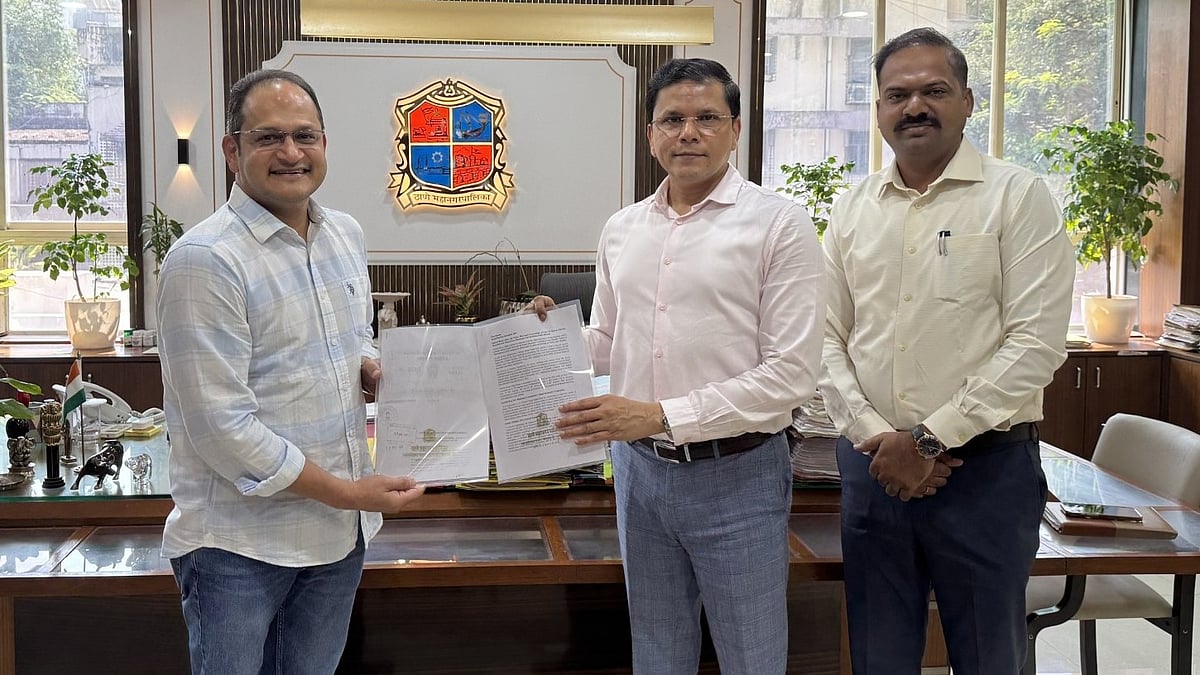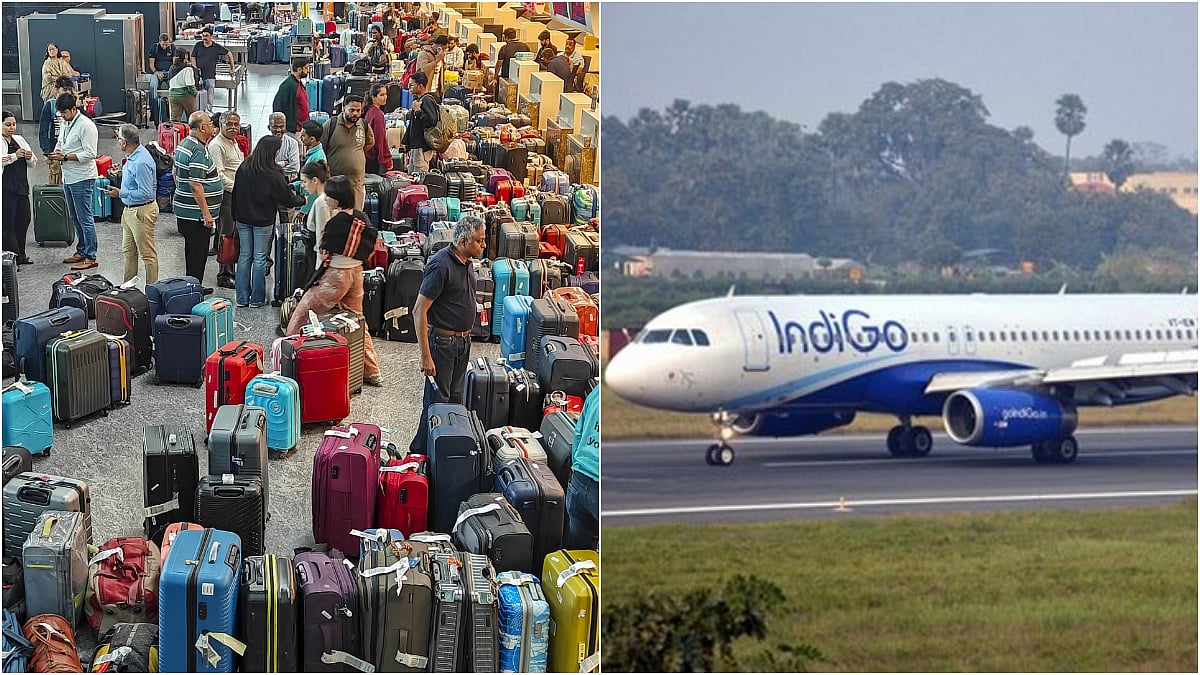The debate over reliability of Electronic Voting Machines (EVM) never died down entirely. It was strongly revived after the Supreme Court admitted a plea questioning their integrity. It is an issue that resonates globally.
In the United Kingdom, Germany and Italy the EVMs have been either discarded or not introduced. In the US the debate flared up after the 2016 presidential election win by Donald Trump, as Russian interference in US elections was suspected. Trump’s blasé attitude towards Russian president Vladimir Putin was seen as confirming it. After Trump lost his re-election bid in 2020, his loud complaining about “stolen election” inflamed the election-tampering debate.
Cyber attacks and information operations by suspected foreign powers in the US led think tanks to examine the issue. Harvard Kennedy School’s Belfer Center produced a report on safeguards for countering such attacks. US elections are decentralised, with methodology for conducting elections left to states. Therefore, in the US a mix of EVMs and paper balloting are used. The Belfer Center report noted that “it is essential to have a voter-verified auditable paper record to allow the votes to be cross-checked against electronic results”. Post-election audit must be made a standard practice.
It is regrettable that the whole argument before the Supreme Court boiled down to the government defending the status quo and rejecting any suggested improvement. Their lordships also seemed to accept the reasoning that questioning the integrity of the electronic voting system was tantamount to undermining trust in the process.
The US provides a good example of how the electoral processes have evolved. Essentially two types of EVMs are globally used. One is a direct recording electronic voting machine called DRE, which the Indian Election Commission (EC) uses. A digital ballot image appears on a screen and the voter records his choice. A fine-tuning of this process, which India has implemented, is the addition of a Voter-Verified Paper Audit Trail (VVPAT).
The other machine is called an Optical Scanner (OS). The vote is cast on paper by using a pen or an electronic ballot marking device. Then the paper is run through a scanner for electronically recording and tallying the vote. The merit of this system is the availability of paper ballots for audit if or when required. It is unclear whether the plaintiffs brought this to the Supreme Court’s attention. Publicly available information indicates the honourable judges rejecting a return to paper ballots. The OS method does not revert to the past system. It in fact improves it.
In the US in the 2016 presidential election only about a third of the EVMs had VVPAT. By the 2020 polls it had gone up to 93%. Post-2000 the use of EVM machines in the US has spread. Generally the paper-scanning OS machines are more dominant in western US. In the eastern part the DRE type EVMs, akin to those used in India, are more prevalent. Therefore it is inexplicable why the Indian government and the Election Commission resist any suggested improvement as no system is foolproof.
The plaintiffs also overplayed their hand by seeking 100% VVPAT count. Statistically to ensure the integrity of the machines a random tallying of even 20% or fewer electronic results with VVPATs would be sufficient. This is far from reversion to paper ballots of the past, as a mere fraction of votes need to be counted. Because the voting remains electronic it negates past ills like booth-capturing or ballot-stuffing. It is therefore unclear why the honourable judges per se condemned ‘all’ paper ballots.
International observers, seeking to ensure soundness of electoral processes in democracies, underscore two elements: confidence-building and transparency. Rejecting out of hand any increase in VVPAT counting achieves neither of those objectives. In fact official obduracy in resisting further reform merely heightens public concern.
The Supreme Court, during the EVM petition’s hearing, also observed that scepticism about institutional conduct is undesirable. That ignores the fundamental problem caused by the government excluding the chief justice from the three-member committee to select election commissioners. The unseemly haste with which two vacancies of election commissioners were filled, literally hours before the Code of Conduct, supplements the same concern. The government instead of addressing the public concern over institutional collapse, worsens it.
An increasing number of reports are indicating the BJP facing an uphill task in the elections underway now. The public appears unresponsive to BJP’s normally divisive and majoritarian public rhetoric. A Lokniti-CSDS poll shows a mere 5/% difference between those wanting the BJP government to continue and those wanting it gone. The gap in 2019 was 12%, besides the public outrage over the Pulwama terrorist attack and jingoism after India’s Balakot aerial retaliation. No such diversion is now available.
With the election tighter than earlier projected, hopefully the Supreme Court’s reserved judgment will allay public concerns by accepting higher VVPAT tallying. The last thing India needs is losers emulating Donald Trump post-defeat.
KC Singh is former secretary, Ministry of External Affairs









